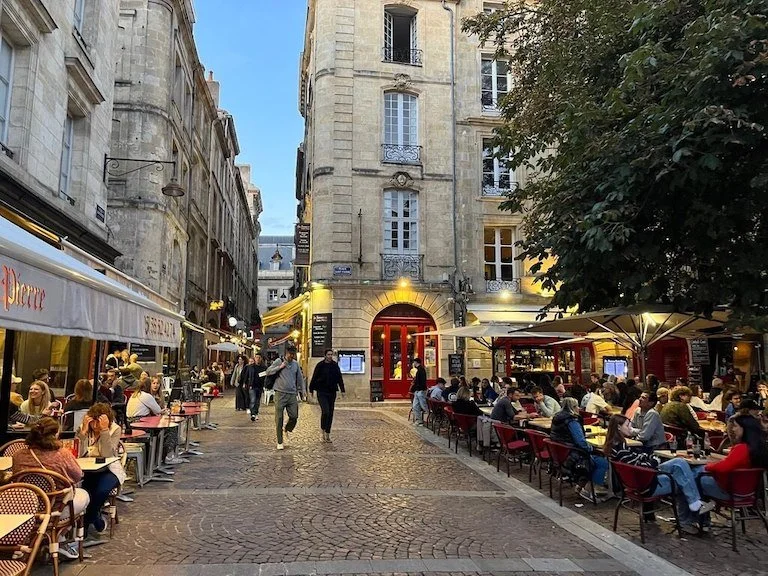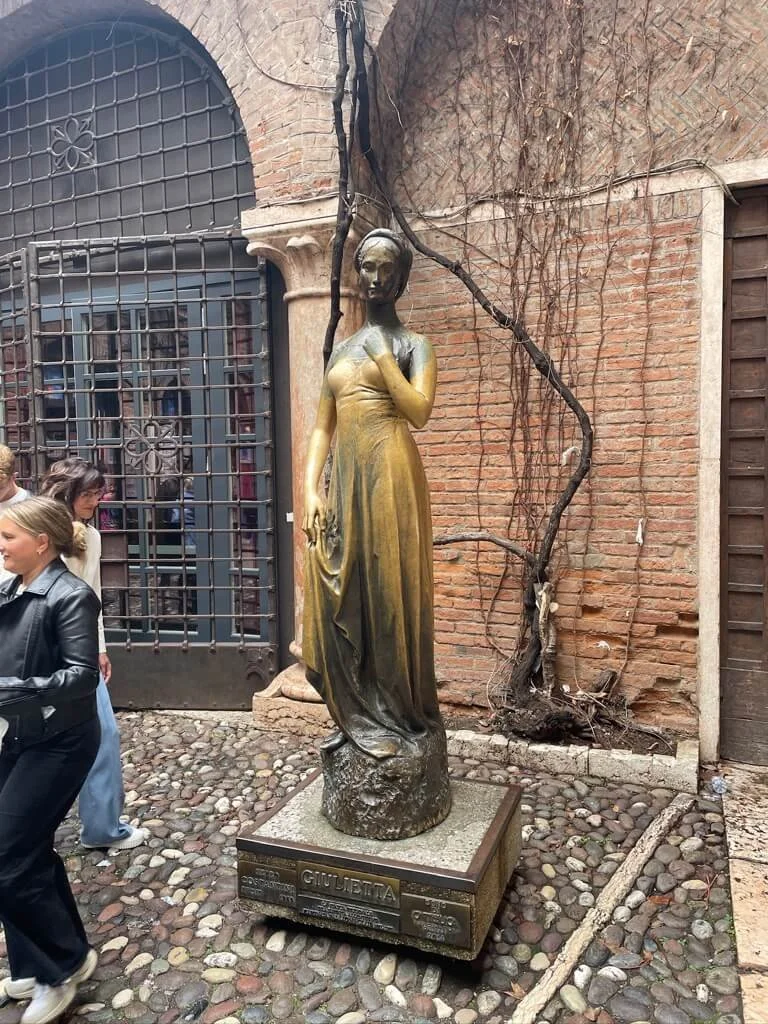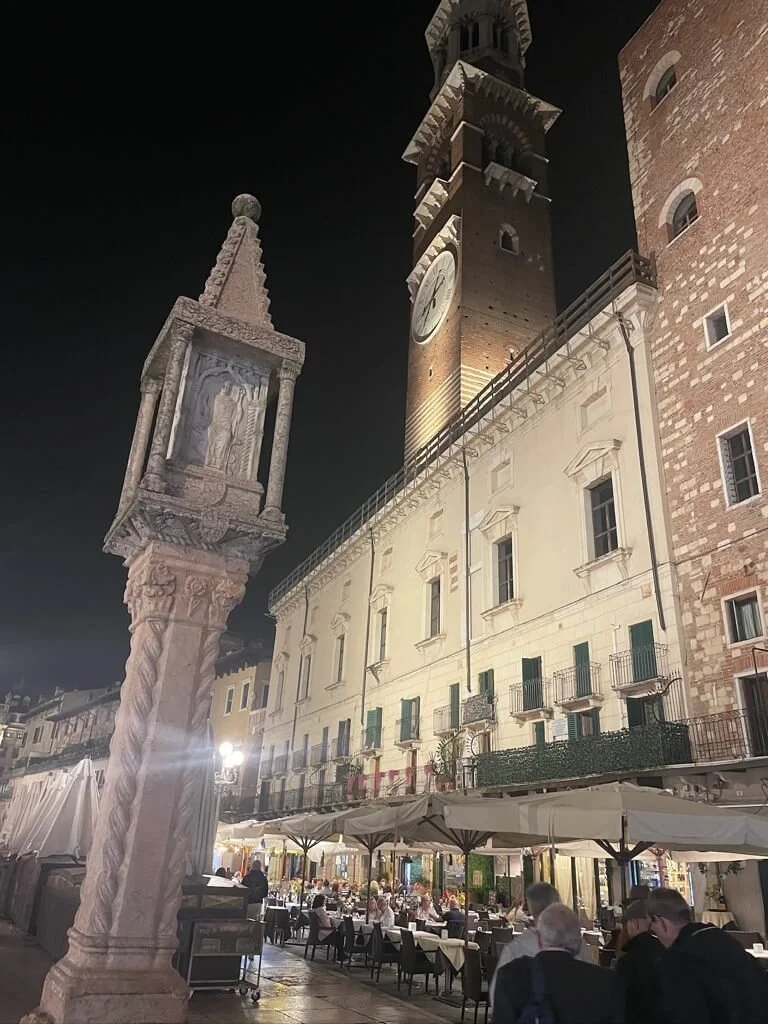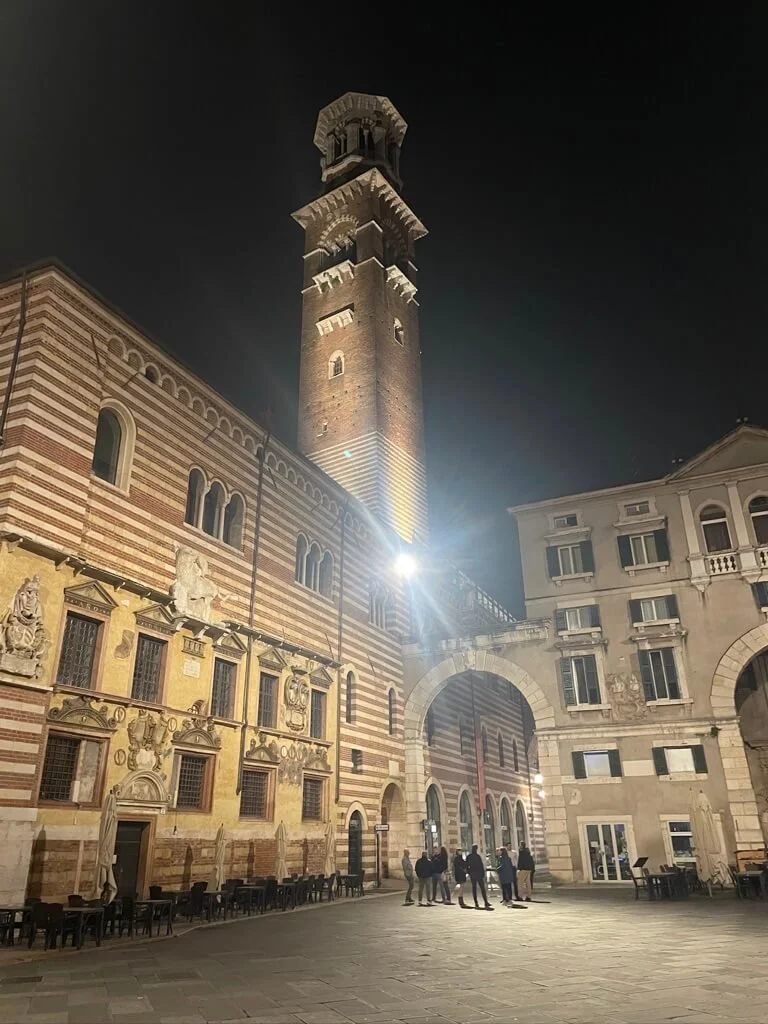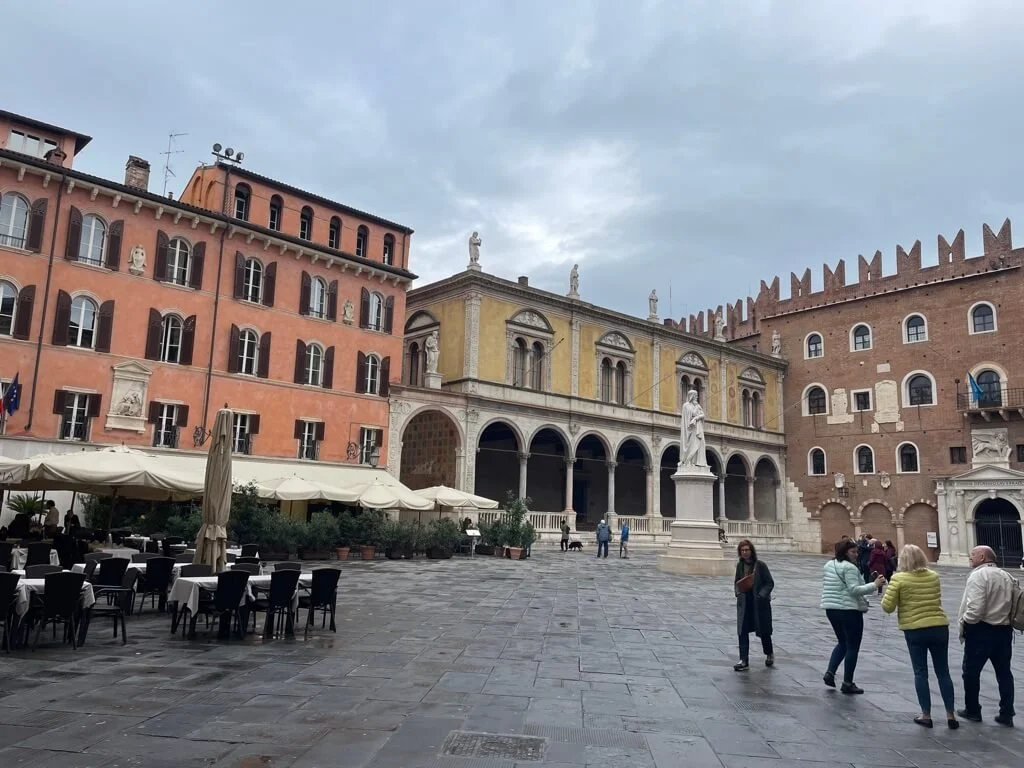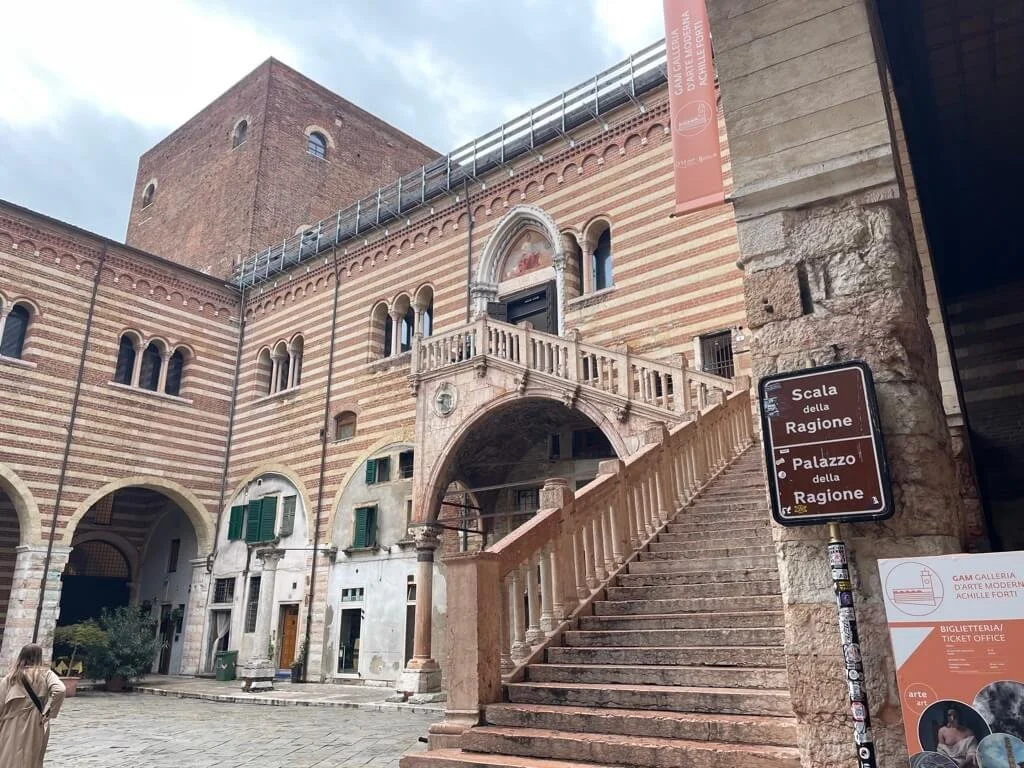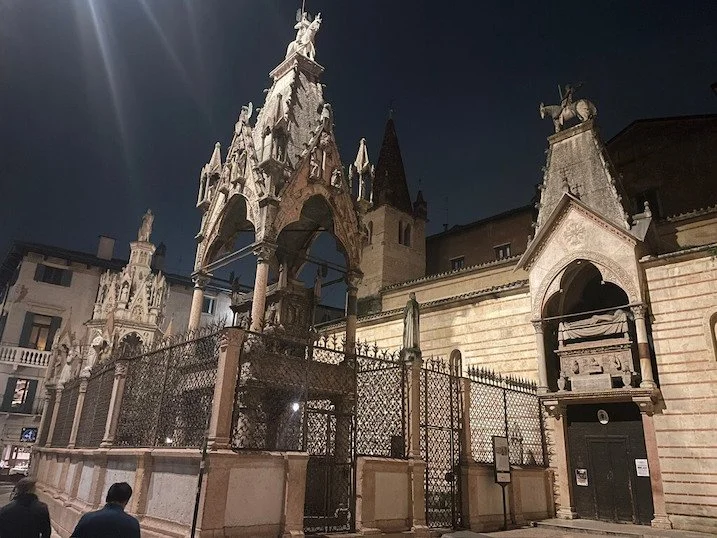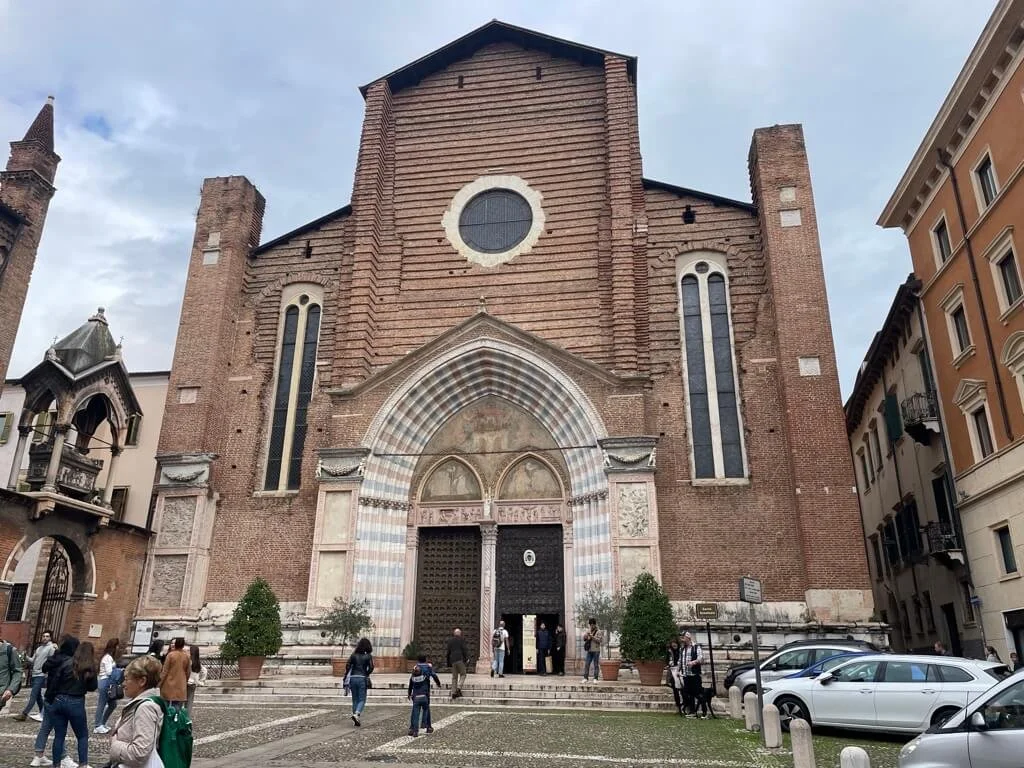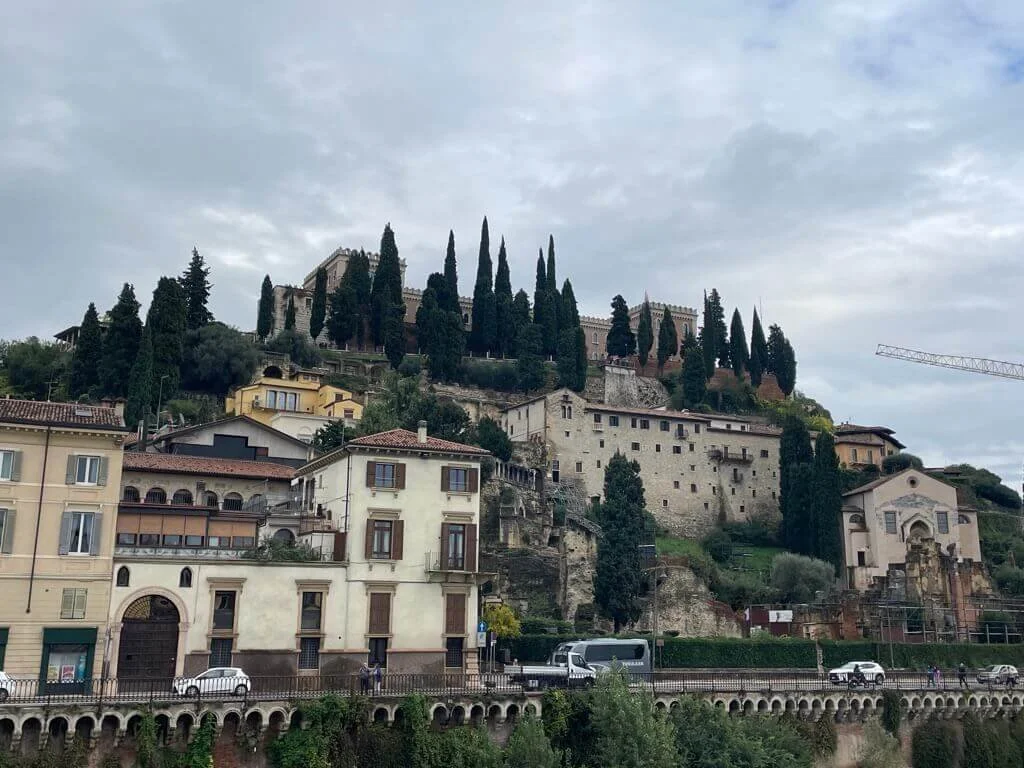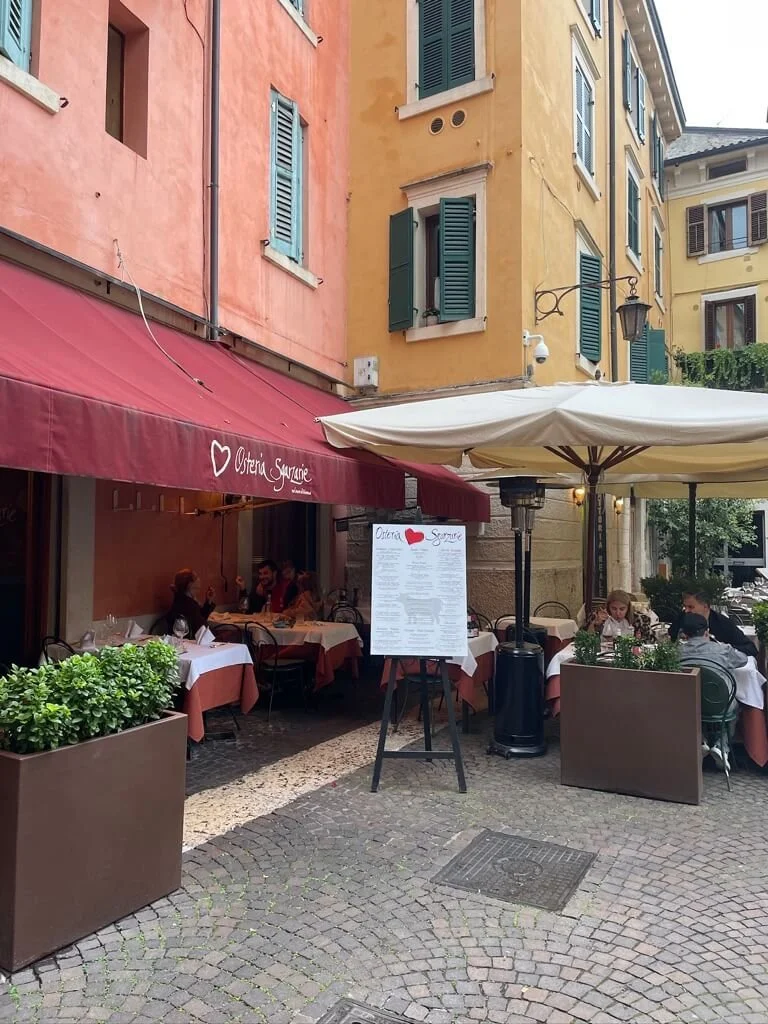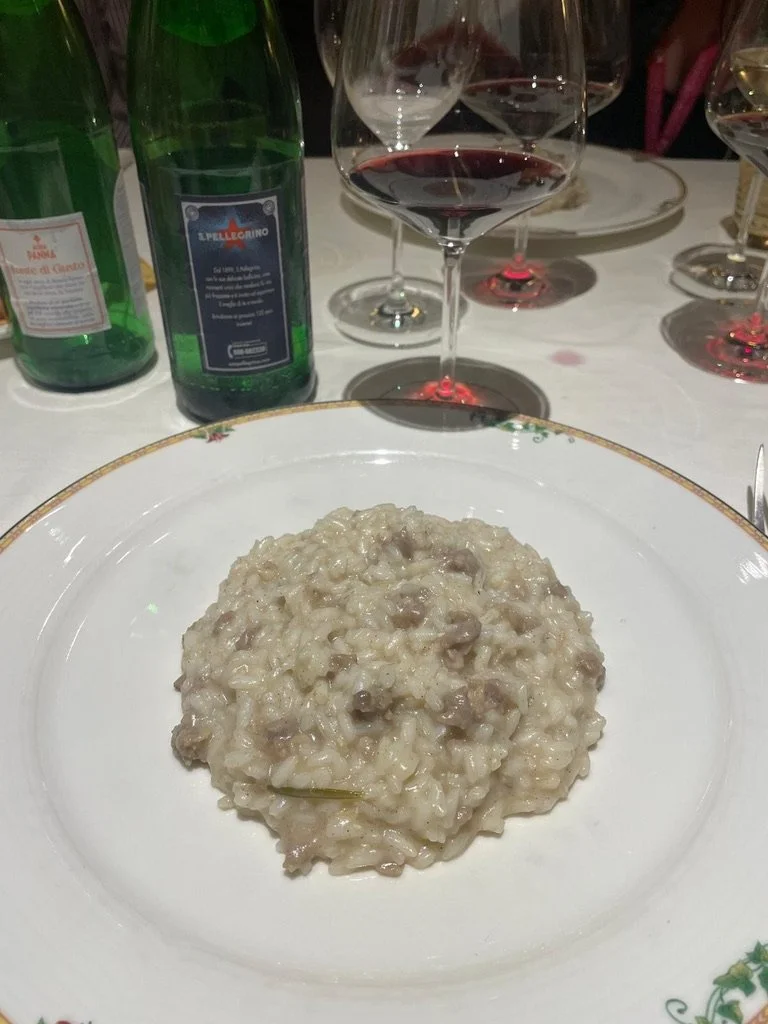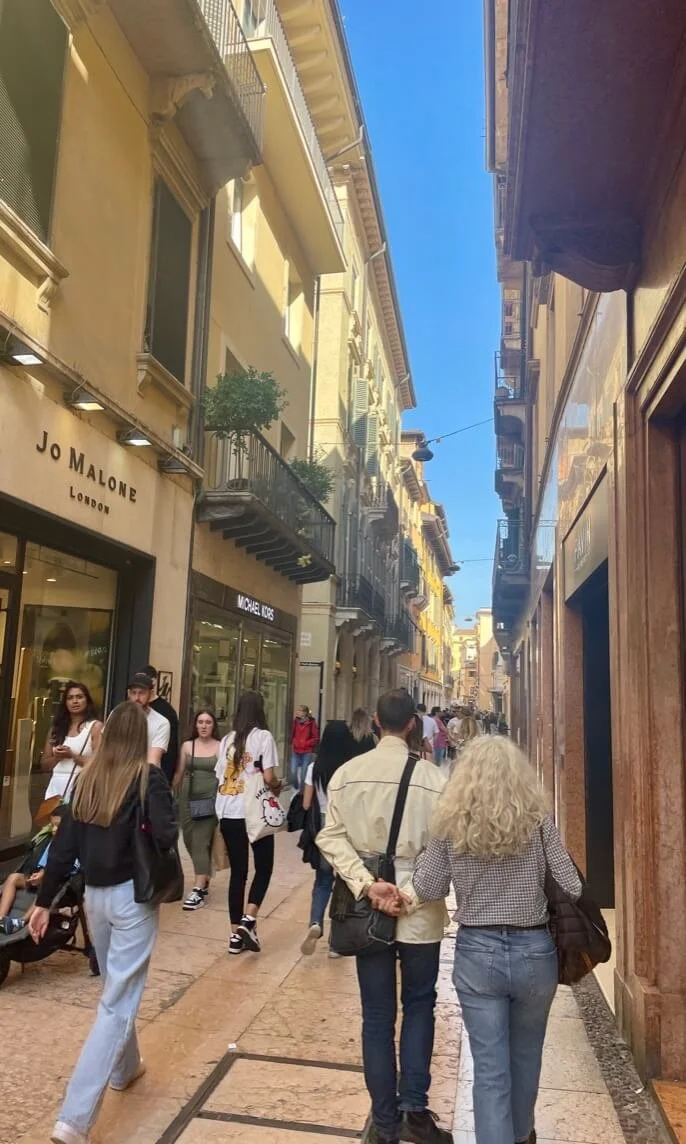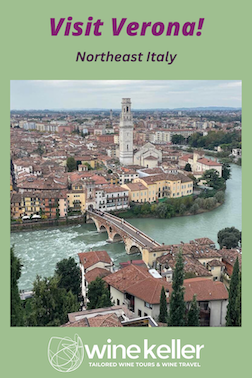Visit the magical northeast Italy city of Verona
Our guide to what not to miss in Verona - one of the top Northeast Italy places to visit, a beautiful, historic city at the centre of many of the famous northern Italy wine regions
The iconic Arena in Verona - Source: Winekeller
Many of the key northern Italy wine regions - some of the best wine regions in Italy and where some of the best Italian white wines and Italian red wines come from - are to be found between the magical city of Verona and stunning Lake Garda.
With its strategic position, Verona provides the perfect starting point for a wine tour of some of Italy's most important wine-growing regions, but don’t miss out on the beauty, magnificence and charm of Verona!
In short, Verona is a wine tourism destination you can only dream about!
In this article we share our recommendations about the top things to see and do in Verona…
The entrance into the historic city of Verona - Source: Winekeller
An introduction to Verona
The city of Verona is one of 12 cities around the globe which form the Great Wine Capitals network, representing the world's finest wine regions and if you’re a wine lover or wine enthusiast, it’s therefore a destination you need to have on your list to visit!
Verona is a UNESCO World Heritage Site and a city that has almost stood still in time, full of historic wonders, with a world-famous, romantic legend thrown in for good measure. Verona is often described as the ‘city of love’ and as one of the most significant of the northeast Italy cities, it’s a showcase of Italy’s cultural wealth and beauty.
Verona is nestled in the loops and bends of the Adige River that flows through it, in the heart of northeast Italy’s Po Valley and just a few kilometres from Lake Garda (see later).
Verona - how to get there
Verona is well connected by all forms of transport. Verona airport is serviced by several budget airlines and there are two train stations, Porta Nuova, the main station and Porta Vescovo, for local trains. If you’re just staying in the city you won’t need to hire a car, but if you’re also exploring the wine regions and nearby Lake Garda (which we absolutely recommend!), although there are good train links around the lake, we would advise you to hire a car to get the most out of your stay.
Verona airport is just a 20 minute drive from the city centre and the Porta Nuova rail station, a 15 minute walk.
Historic Verona is nestled in the loops of the Adige River - Source: Winekeller
Verona - a short history
Verona has more than two millenia of history, traces of which are very visible to the visitor today. Verona was already an ancient settlement, populated by the Veneti and the Cenomani Gauls, but in the 1st century BC Verona, the Romans founded the city. Today, Verona is the richest, after Rome, in terms of Roman remains.
The impressive monuments of Roman Verona and reflected in the urban layout of the city, were enhanced by the della Scala family, whose members were known as Scaligeri or Scaligers. In two centuries they transformed Verona into a powerful Italian city, an important seat of political and administrative power in the province until the oath of allegiance to Venice. The city remained part of the Venetian Republic for four centuries, until its occupation by Napoleon and its cession to the Austrians in 1797. Verona was annexed to the newly formed kingdom of Italy in 1866.
Verona - the ‘city of love’ and famous for Shakespeare’s Romeo and Juliet. Source: Winekeller
What is Verona famous for?
The entire historic centre of Verona has been a UNESCO World Heritage Site since 2000. It offers many historical, artistic and cultural points of interest, first and foremost from Roman times and especially for its Roman amphitheatre, or Arena, which today hosts the most important opera festival in the world.
Verona is also known around the world for being the inspiration for William Shakespeare for writing his great masterpiece ‘Romeo and Juliet’. This is of course why Verona is known as the ‘city of love’ and a visit to Verona has to include a visit, as legend has it, to the second symbol of Verona, Juliet’s house and the famous ‘balcony’, symbolising the love story of the fated young couple (see later).
Verona things to see in one day
How many days in Verona is enough?
If you want to explore Verona as well as Lake Garda and/or the wine regions then we would recommend at least 3 days. However, it’s possible to explore the main sights and experience this magical city even if you only have 1 day.
Is Verona a walkable city?
Yes, Verona is a very walkable city. It’s compact and friendly to pedestrians as well as to cyclists. Cycling is very popular here and is a great way to explore the city!
Verona tourist information
As with any city visit, we recommend you do some research first - and this is the website we recommend. There’s lots of useful information and inspiration here, including where to stay. We can recommend the ‘Verona Card’ which offers a value for money way to enjoy the city’s cultural sights and monuments as well as transport.
We also recommend you make visiting the Verona tourist office your first port of call in the city - it’s conveniently located just off the Piazza Bra, close to the Arena.
So if time is short, let’s look at the unmissable things to see in Verona, which you can do in one day!
Visit Verona Arena and Piazza Bra
Well this has to be at the top of the list - to see the world-famous and iconic ‘Arena de Verona’, in the centre of lively, bustling Piazza Bra!
Depending on where your accommodation is located, the Arena is always a good place to start your tour of Verona.
Built in the 1st century to host gladiator fights and second in importance in Italy only to the Colosseum of Rome, the Arena has become the largest open-air opera house in the world since 1913, when it first staged Giuseppe Verdi's Aida. Today you can visit it on days when there are no performances or discover it during concerts or operas.
Fortunately the Arena has been subject to ongoing restoration work, making it one of the world’s best preserved Roman amphitheatres.
Whether you time your visit to enjoy an evening here at the famous summer opera festival, or just spend time admiring this incredible monument from one of the many cafés and bars around the square, you will be spellbound - it really is beautiful and spectacular. We suggest you visit in the daytime as well as the nighttime, as like so many historic monuments it takes on a special quality, lit up at night.
Take time to soak up the atmosphere of the lovely Piazza Bra and look out for the imposing buildings surrounding the Arena, including the 17th-century Palazzo della Gran Guardia and the imposing Palazzo Barbieri. There are lots of options here to also enjoy a drink or bite to eat and admire the incredible view!
Walk along the famous ‘Liston’ - a wide marble pavement and a traditional walkway for the Veronesi and then onto the fabulous shopping street, Via Mazzini. Walk down here and you come to the street Via Cappello - home to Verona’s second most significant sight!
Juliet’s House and the famous balcony in historic Verona - Source: Winekeller
Verona Romeo and Juliet
At the heart of Shakespeare’s Romeo and Juliet romantic tragedy is Juliet’s House, at No. 23 Via Cappello, a medieval palace that belonged to the Capuleti family, also known as the Capulets (the street was named after them). According to legend and popular belief, this address is the birthplace of Giulietta Capuleti.
The small courtyard is overlooked by the balcony symbolising the love story of Romeo and Juliet, written by Luigi da Porto and later reworked and made world famous by William Shakespeare. You can pay to visit the house and balcony or just walk into the courtyard for free.
Note that Juliet’s house is one of the most visited sights in Verona and it does get rather busy!
Piazza delle Erbe
Via Cappello leads to the main square in Verona - and the oldest square - Piazza delle Erbe. Named after a ‘herbal’ market that was held there historically and built over the ancient Roman Forum, it was the centre of political and economic life in Roman times. Today it is one of the most loved of all Italian squares and is still the location for a regular market and a popular place to stop for a drink or something to eat, at lunch or in the evening.
In the centre of the square you can find the historic market column, the fountain of Madonna Verona and the column of San Marco. The square is framed by palaces and buildings that have marked the history of Verona, including the Palazzo Maffei, with its beautiful 17th century, Baroque façade and the imposing Torre dei Lamberti, which you can ascend by lift or by climbing 368 steps for a panoramic view of the city.
Piazza delle Erbe - the heart of historic Verona - Source: Winekeller
Piazza dei Signori and Palazzo Ragione
From Piazza delle Erbe, Via della Costa takes you to Piazza dei Signori, also known as Piazza Dante, because of the statue of Dante in the centre of the square.
In between these two famous squares - the beating heart of Verona - lies Palazzo della Ragione, a historical seat of military, judicial and administrative power since 1500, the building now houses the Achille Forti Gallery of Modern Art.
The Piazza dei Signori (Lords Square) is framed by several palaces of great historical and architectural importance - including the Loggia del Consiglio (Loggia of the council), the Palazzo del Podestà and the Palazzo di Casignorio, You can also see here the Church of Santa Maria Antica.
The Scaliger Tombs (Arche Scaligere)
Near this church you will find the Scaliger Tombs, enclosed by a beautiful wrought-iron fence, a funerary complex, in gothic style from the 14th century, that hosts the final resting place of the Lords of Verona.
Basilica of St. Anastasia
From the Scaliger Tombs you can wander through the picturesque alleyways to the beautiful Church of St. Anastasisa, a fine example of Italian Gothic architecture and the largest church in Verona, made up of 3 large aisles supported by 12 impressive pillars of red Veronese marble.
Verona Duomo
Just east of the Basilica of St. Anastasia lies the impressive Duomo cathedral - originally from the 8th and 9th centuries, but rebuilt in Romanesque style, after the earthquake in 1117 and renovated during the Renaissance.
This is now at the most northern point of historic Verona, located right by the River Adige and close to the old Ponte Pietra bridge.
Ponte Pietra bridge
This is the oldest bridge in Verona and the only remaining bridge from Roman times and is very much worth seeing. Look out for the holes in the bridge where ropes were fed to pull the boats and from here you have a wonderful view up to the Castel San Pietro on San Pietro Hill on the opposite side of the river.
The Roman Ponte Pietra bridge over the River Adige in Verona - Source: Winekeller
Castel San Pietro
We recommend you walk over the river and up the hill opposite to take the funicular up to the castle. It’s only a few euros and the views across Verona make it very much worthwhile doing!
Castelvecchio
From here head back over the bridge, past the Basilica of St. Anastasia, back through Piazza delle Erbe and onto Corso Porta Borsari, the main east-west street in Verona in Roman times.Continue along Corso Cavour, past many more splendid palaces and onto the Arco dei Gavi - an honorary arch dedicated to the citizens of Verona and finally onto Castelvecchio, the imposing symbol of the Scaliger era, built in 1300.
Basilica of San Zeno
Close by is the beautiful Basilica of San Zeno, one of the most beautiful and better preserved examples of Romanesque architecture in the whole of Northern Italy.
Where to eat in Verona?
After a full day sightseeing make sure to enjoy some traditional Verona food - perhaps some risotto or fish or meat with polenta? And of course it should be washed down with a wine from the Verona-Garda region - perhaps a Soave or a Valpolicella?
There are lots of different places to eat in Verona - some more touristy and some more traditional - but a good bet is to choose one of the many ‘osterie’ in Verona. An osteria is half restaurant, half bar, an informal place where you will find great wines and traditional food.
Is Verona good for shopping?
Yes, Verona is very good for shopping! Today Verona is a lively provincial capital and a shopper’s paradise. The main shopping area is Via Mazzini which runs directly off the Piazza Bra where the Arena is located and is wall-to-wall luxury boutiques and high-end Italian brands.
Verona to Lake Garda day trip
As we said at the beginning, we would always recommend staying in Verona several days and spending a day at beautiful Lake Garda to experience the lakeside towns and villages, the crystal clear waters and of course the wine regions which surround the lake.
Is there a train from Verona to Lake Garda?
If you don’t have a car, yes there is a train from Verona to Lake Garda. The trains go regularly from Verona Porta Nuova station to 2 Lake Garda villages on the southern end of the lake - Sirmione or Peschiera. The journey typically takes around 15-20 minutes.
For further advice and information about visiting Verona, see VisitVerona.IT (Destination Verona-Garda).
Enjoy a bike tour around Verona with Itinera Bike & Travel
We can highly recommend local tour operator, Itinera Bike & Travel which offers one-day and multi-day bike tours in and around Verona.
Conclusion and personal highlights
We have visited Verona on several occasions and each time has been very special - it really is a special city. Two very memorable experiences include celebrating a special birthday by going to see the opera Verdi’s ‘Aida’ in the Verona Arena and enjoying a 3 centre holiday in Lake Garda, Verona and Venice - these we can both highly recommend!



